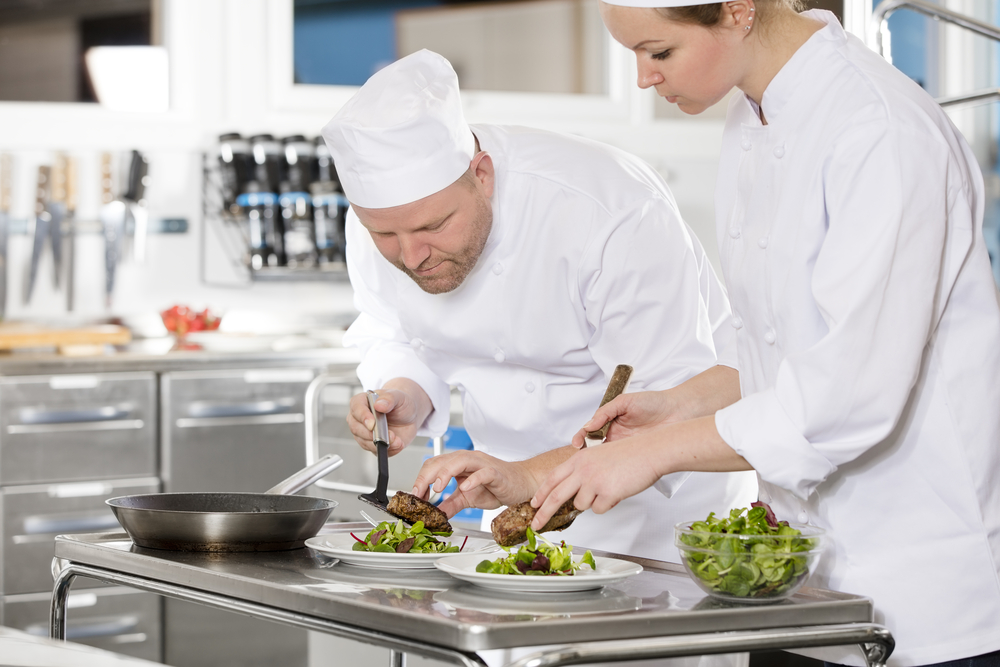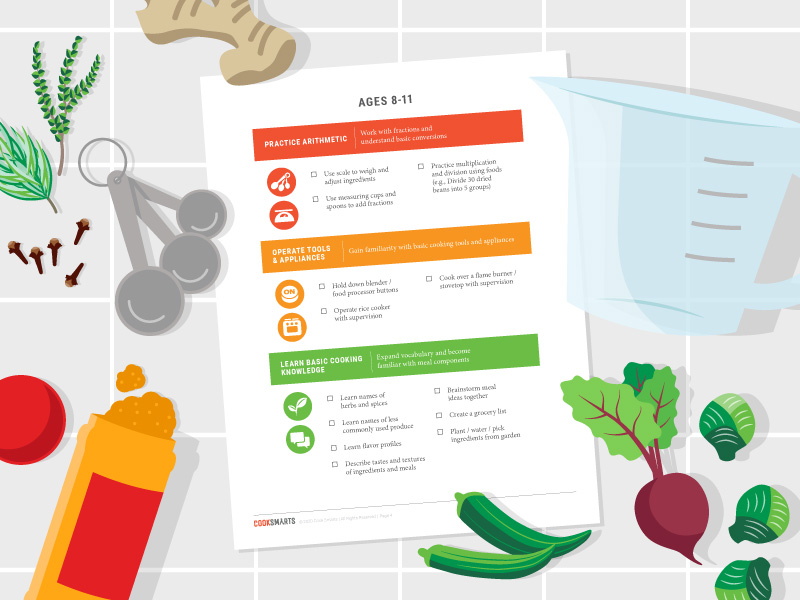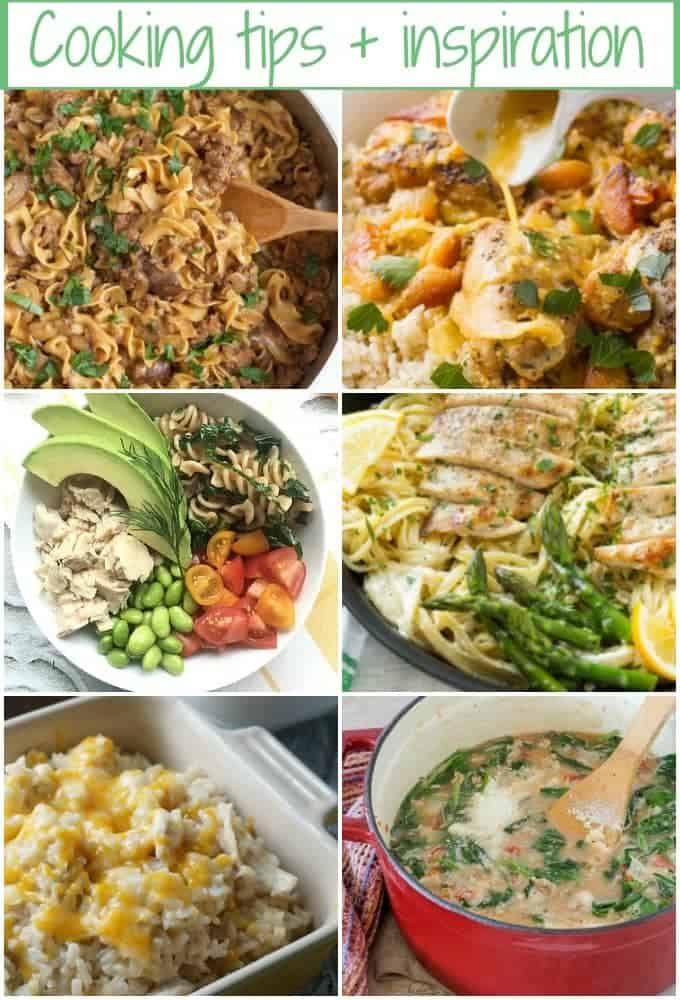
There are many factors to consider before you choose the best cooking oils for you. Oils that have been heated too long can cause undesirable results, such as smoke, toxic vapors and bad flavor. Some oils can be used for sauteing and roasting while others can make harmful chemical compounds by being overheated. This table will help to choose the best oil for your cooking needs.
Nut and seed oils
Although mainstream nutrition experts aren't concerned with seed oils being unhealthy, many health professionals are now saying that they cause inflammation. This can lead to chronic diseases such heart disease, obesity, and other conditions. Joe Rogan spoke with Paul Saladino, a nutrition scientist at the University of California, Berkeley. Cate Shanahan described the most widely used seed oils on today's market as the "hateful 8".
Safflower oil
Here are some tips on how to cook Safflower Oil. Safflower oil has high smoke points, making it an excellent choice for cooking over high heat. Safflower oils have a smoke temperature of around 450 degrees. This is in contrast to other oils that have smoke points below 250 degrees. Safflower oil is great for baking, sauteing, or frying.
Peanut oil
You might be curious if peanut oil is a suitable cooking oil. Peanut oil is versatile and has a high smoke point. It also has a neutral flavor. You should remember that peanut oil cannot be substituted for vegetable oils. This article will discuss a few important factors you should consider before you begin cooking with peanut oil. These are the top benefits of peanut butter for cooking. You will be able to make informed choices about how you use this oil in your kitchen.

Sesame oil
Sesame oil has many benefits, and it is worth starting with its nutritional value. Sesame oil contains high levels of vitamin E and omega-3 fatty acid. This versatile oil is great for your body to produce more of these vitamins, and it can also reduce your chances of getting cancer. Deep-frying sesame oils can have unfavorable effects.
411
Olive oil may be something that you have heard about. Olive oil is a good source of monounsaturated fats and antioxidants. It can also withstand high heat. Olive oil is great for baking, but it's best used after cooking to preserve delicate flavors. Olive oil is best paired with coconut, chocolate, and citrus flavors. Vegetable oil is the most widely used cooking oil in commercial kitchens. It has a higher level of saturated fat.
Canola oil
Canola oils are one of the most common cooking oils. It is very stable and easily available for a very affordable price. You can find a small bottle in most grocery stores for as little as $20. Like all oil, canola comes with its own advantages and disadvantages. Here's how to choose the best canola oil that suits your cooking needs. It is the secret weapon used by many professional chefs.
Olive oil
The best olive oil should be chosen for cooking. Olive oil is stable to 420 degrees Fahrenheit but can turn to unhealthy compounds when exposed too much light. Its aroma is similar in character to a rancid crayon. Olive oil should not only be tasted but also stored in dark containers away from light, heat and oxygen. You should also make sure the bottle is tightly sealed so that it does not lose its quality over time.

FAQ
How can leftovers be stored in the most efficient way?
Tupperware containers work well for leftovers. These containers keep foods fresh and prevent odors from forming. They also keep foods warm longer. Frozen leftovers can be kept in freezer bags. For food that you are freezing, make sure to place it inside another freezer bag. Once the food has frozen, you can transfer it to an airtight container like a zipper lock bag.
How much does a culinary school cost?
Culinary school costs vary depending on where you go, how long you study, and what program you choose. The annual tuition average is between $10,000 and $30,000 Most students graduate with about $20,000 in debt. There are programs that offer work-study and scholarships.
Where can you buy high quality kitchen equipment
You can order high-quality kitchen appliances online. There are many websites where you can shop for all kitchen tools. Before purchasing any kitchen equipment, however, make sure that you read reviews and ratings before buying anything. Ask other owners if they have any recommendations.
How Much Does it Cost to Learn Culinary Arts Skills?
Prices for studying culinary arts vary widely. A four-year degree in culinary arts typically costs around $40,000. A two year associate's degree might cost less than $5,000. Tuition rates vary depending on what program you choose. Prices for tuition are higher in private institutions than they are for public ones.
Do I have to go to culinary school in order to be a professional chef?
No. No. Many chefs began their careers learning by themselves. Some even went to culinary school just to gain experience. Culinary school is preferred by most chefs because they have more opportunities to grow and learn. Culinary schools offer hands-on training which allows students to improve their skills and knowledge of cooking.
What is the average time it takes to become a chef? What's the average career path for a chef?
A chef's career takes about five years. During this time, you will study basic cooking techniques and gain experience working as a kitchen assistant. You can apply for line, sous or executive chef positions after you complete your training. The annual average salary of a chef is $25,000-$60,000.
Statistics
- You'll be amazed that over 90% of CIA students receive scholarships and grants to finish their culinary studies. (ischoolconnect.com)
- The median pay for a chef or head cook is $53,380 per year or $25.66/hour, according to the U.S. Bureau of Labor Statistics (BLS). (learnhowtobecome.org)
- In the United States, the category is estimated at $23.2 billion annually and is growing faster than the market. (washingtonpost.com)
External Links
How To
How to cook with an Instant Pot
The instant pot is a popular kitchen appliance. It's easy to use, very versatile, and a great price point. Instant pots allow you to create delicious meals right from the stovetop in no time at all!
First, I want to give you some background on the instantpot. An instant pot is basically a pressure cooker that uses steam to cook food quickly. This means that there is no need for oil or butter. Simply add water to the pot and stir. Next, press the button. The lid can be opened and you can start to cook. That's it! It's that simple!
Let's begin now that you know what an instantpot looks like. First thing first, go ahead and download the app. It is easy to use and free. Just choose your recipe, set the timer (you can do 30 minutes or 1 hour), select your desired temperature, and then start cooking. Your meal is done when the timer goes off. For step-by–step instructions, see the video below.
When you're done with your meal, make sure to clean up. The instant pot comes with a dishwasher-safe liner. It's easy to clean an instant pot by simply washing it, removing the liner and throwing it in the wash machine. Amazon is a great option if your search for instant pots ends here. There are many sizes, shapes and colors available. So check them out!
The instant pot, in conclusion, is a fantastic appliance that takes all the stress out of cooking. This appliance not only saves you time but also helps to save money. You can now enjoy healthy recipes without having to spend hours in the kitchen. Enjoy!